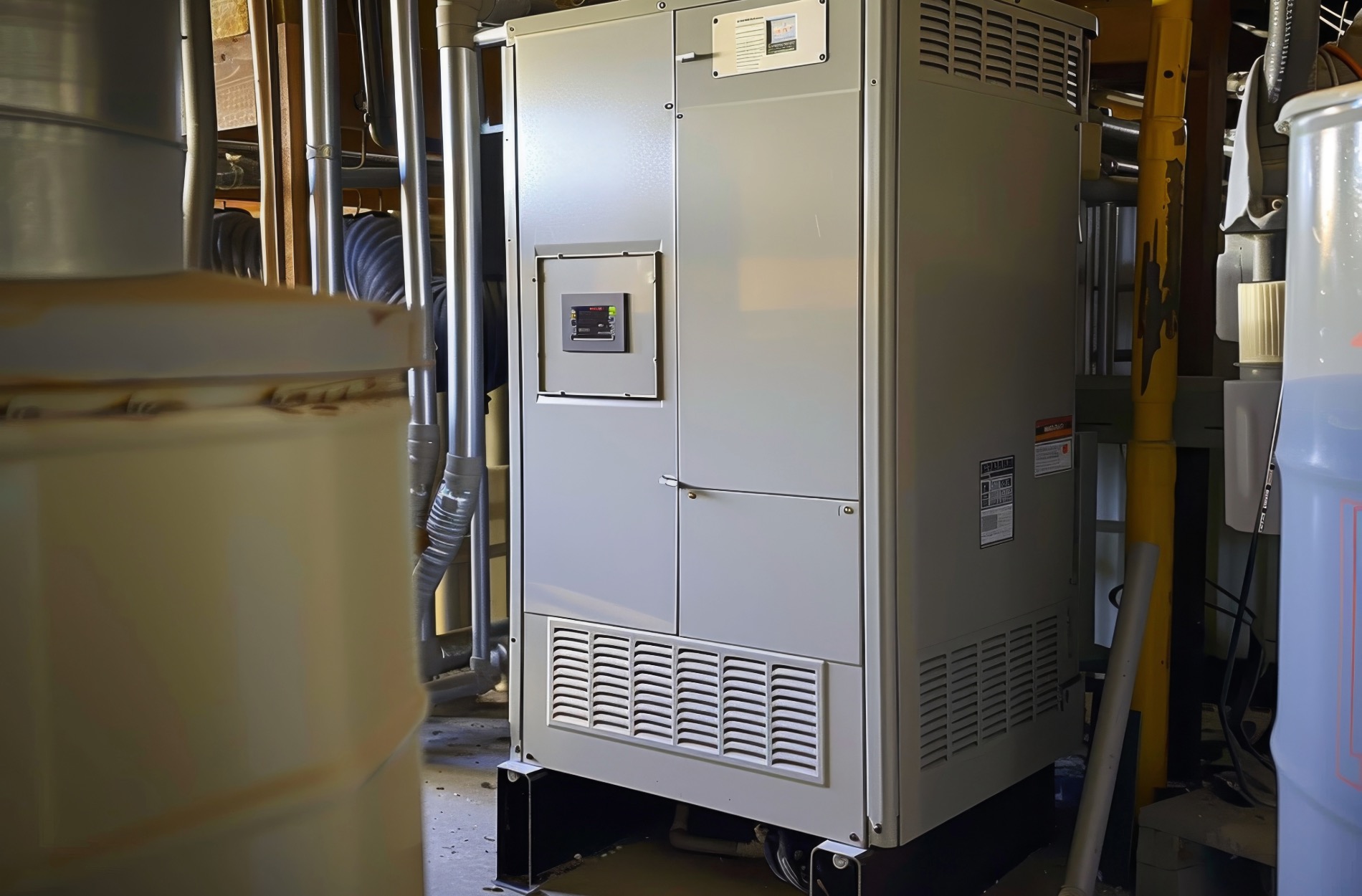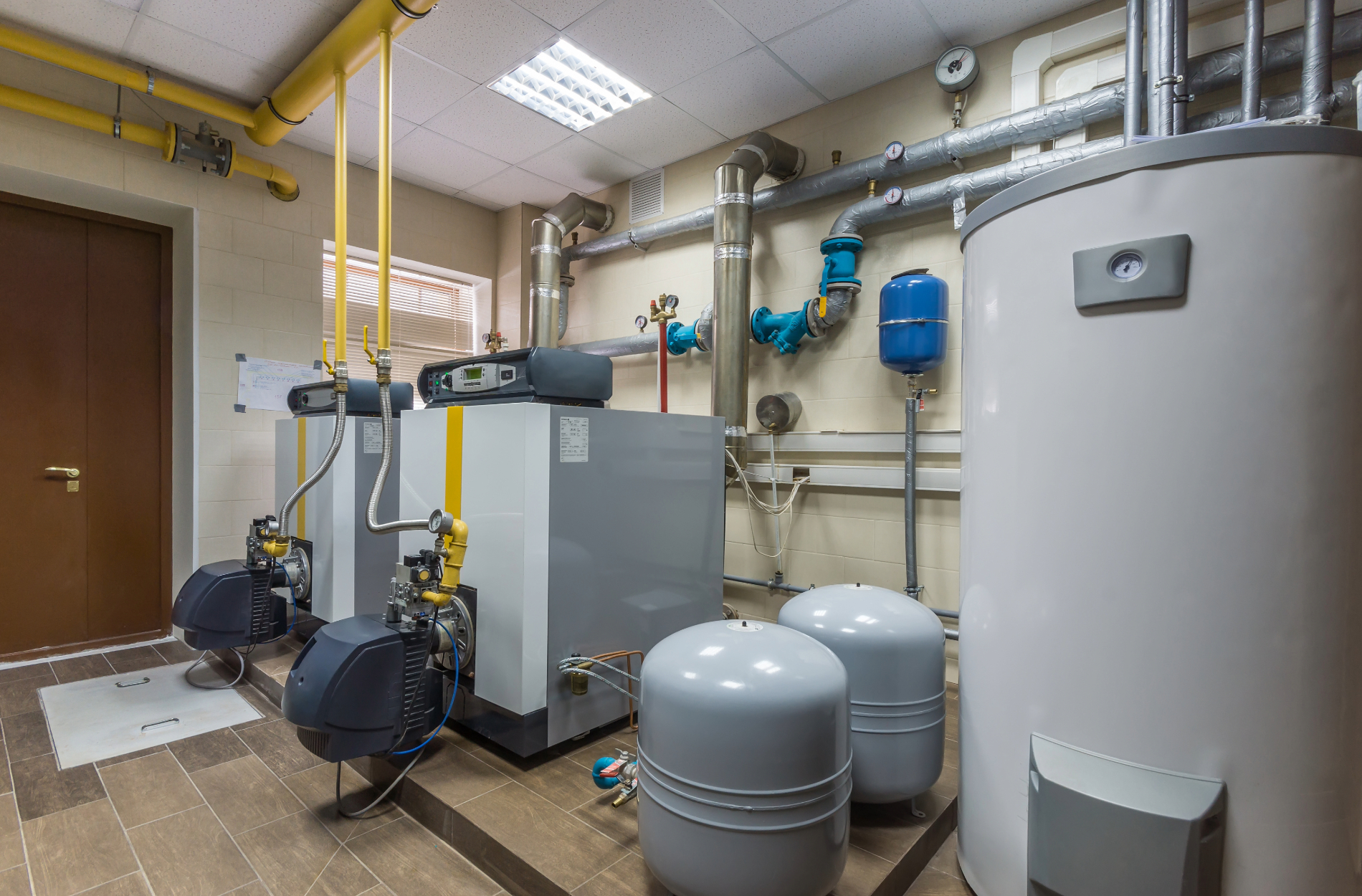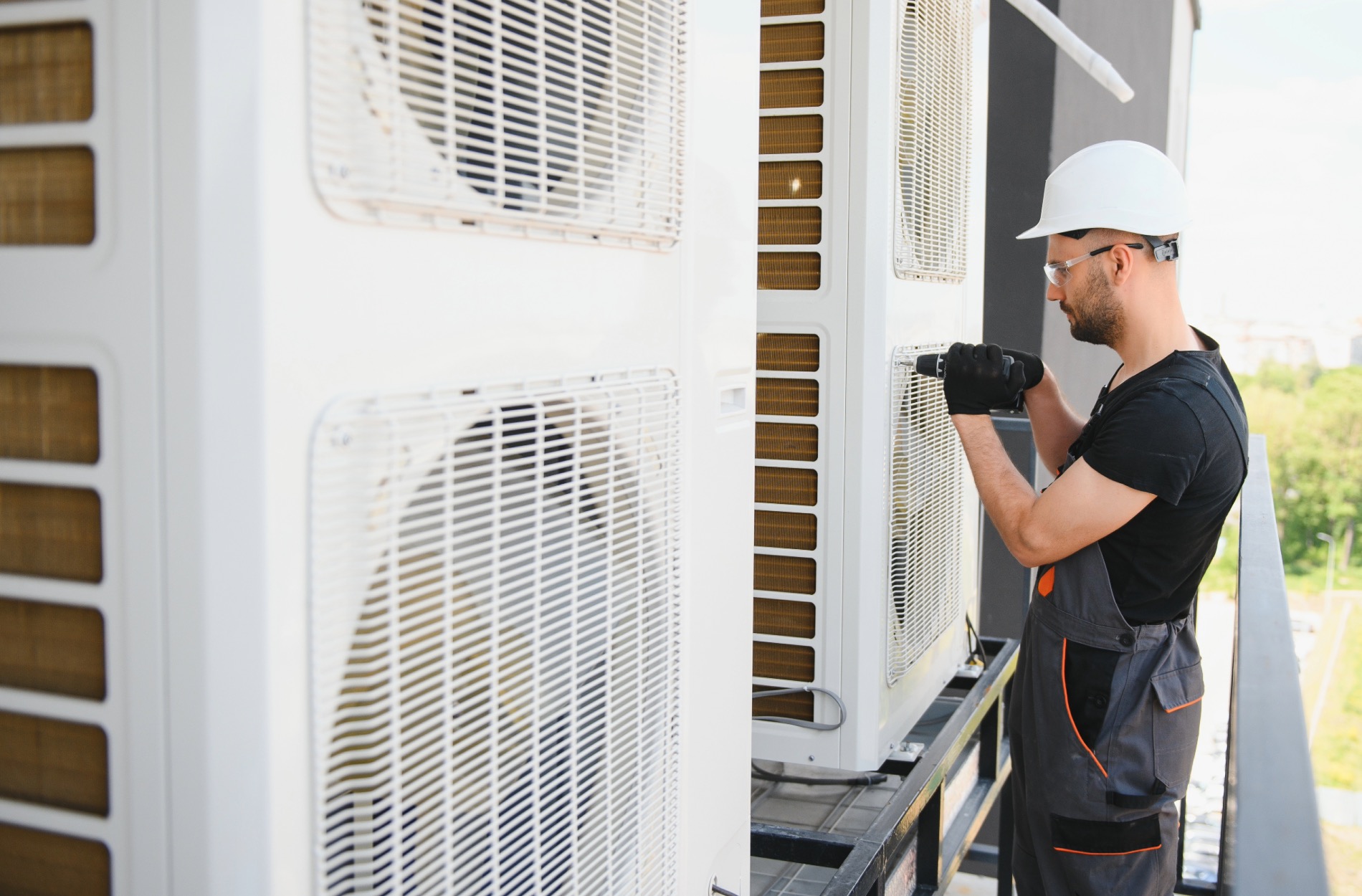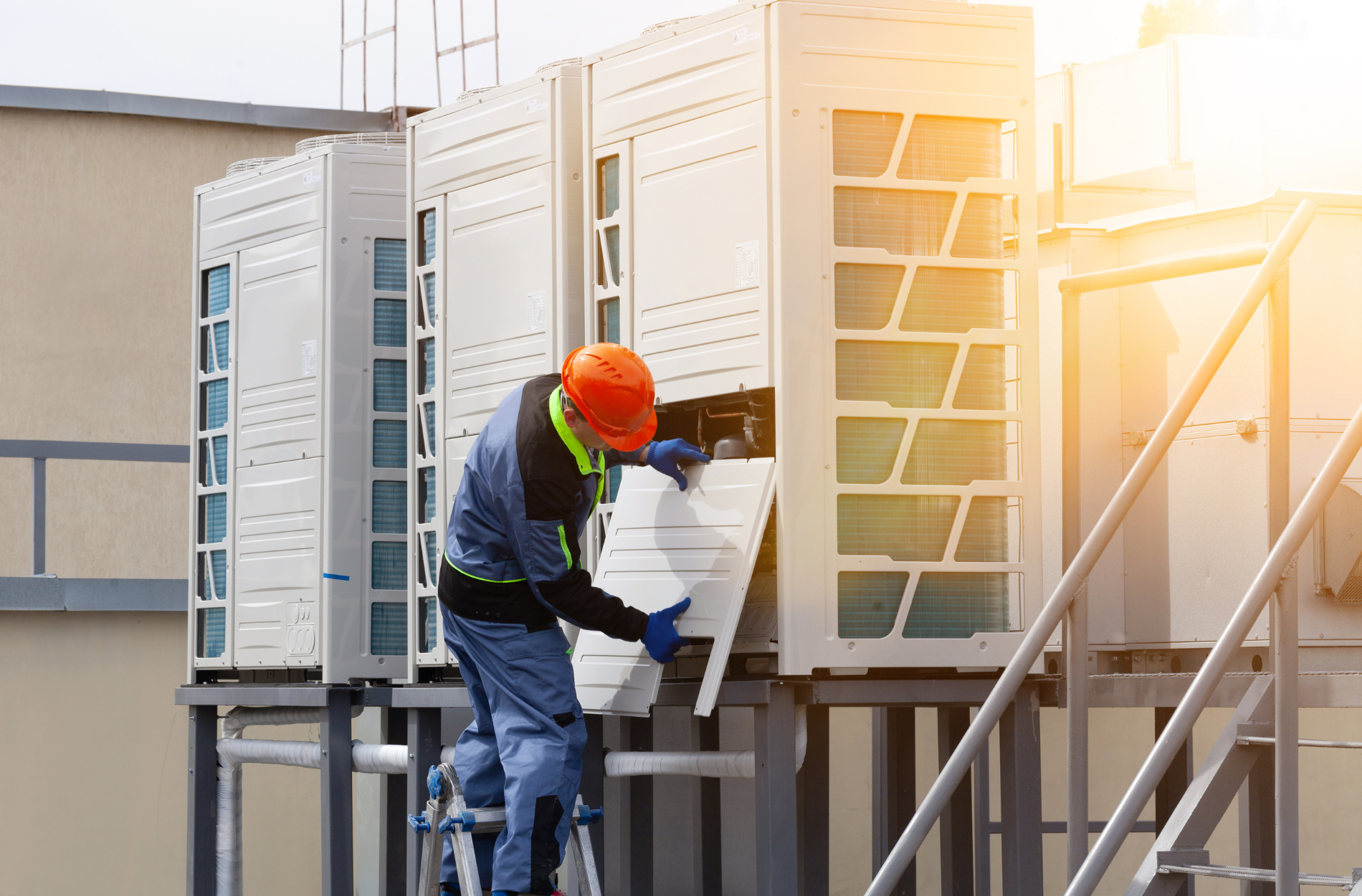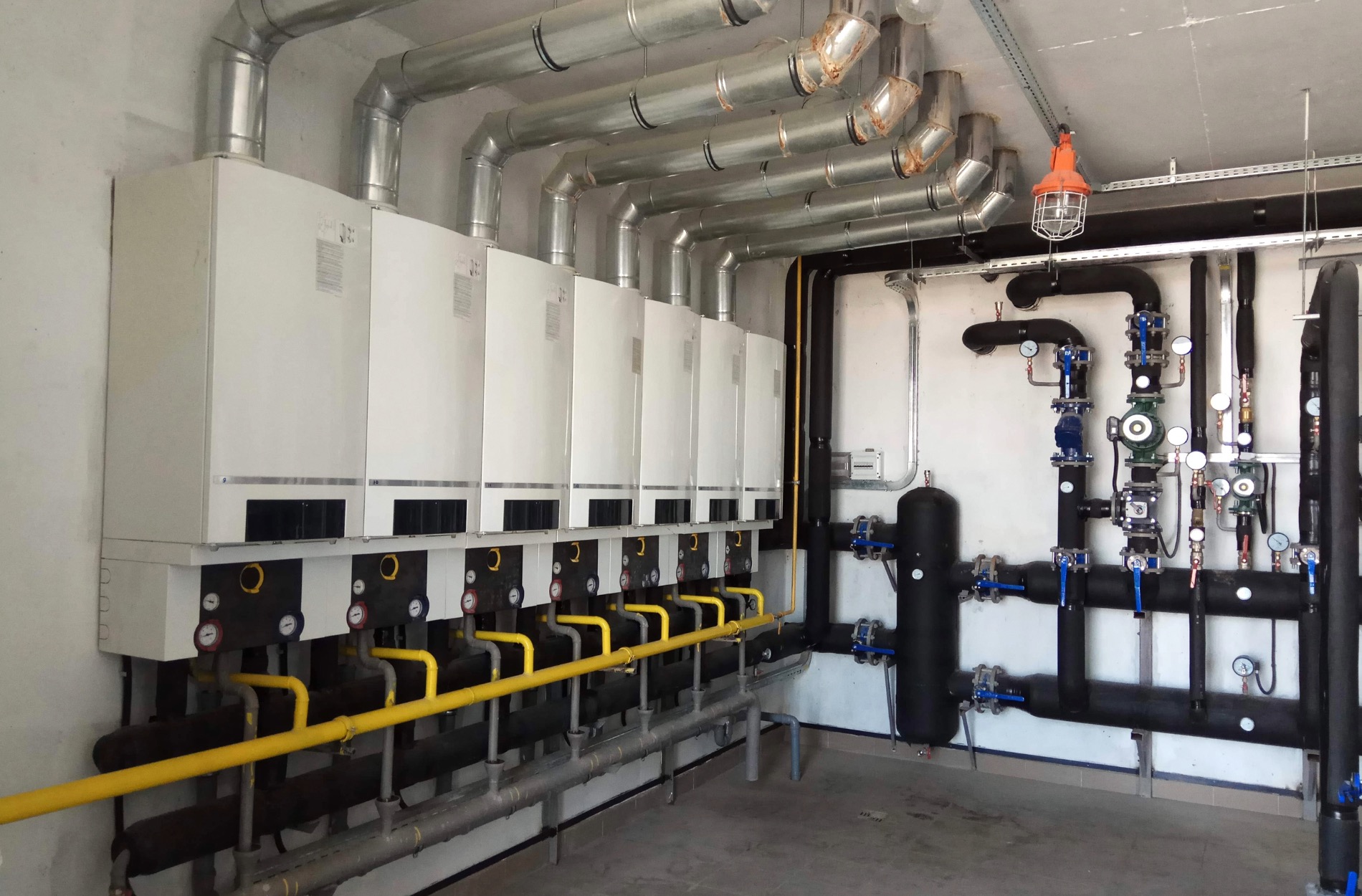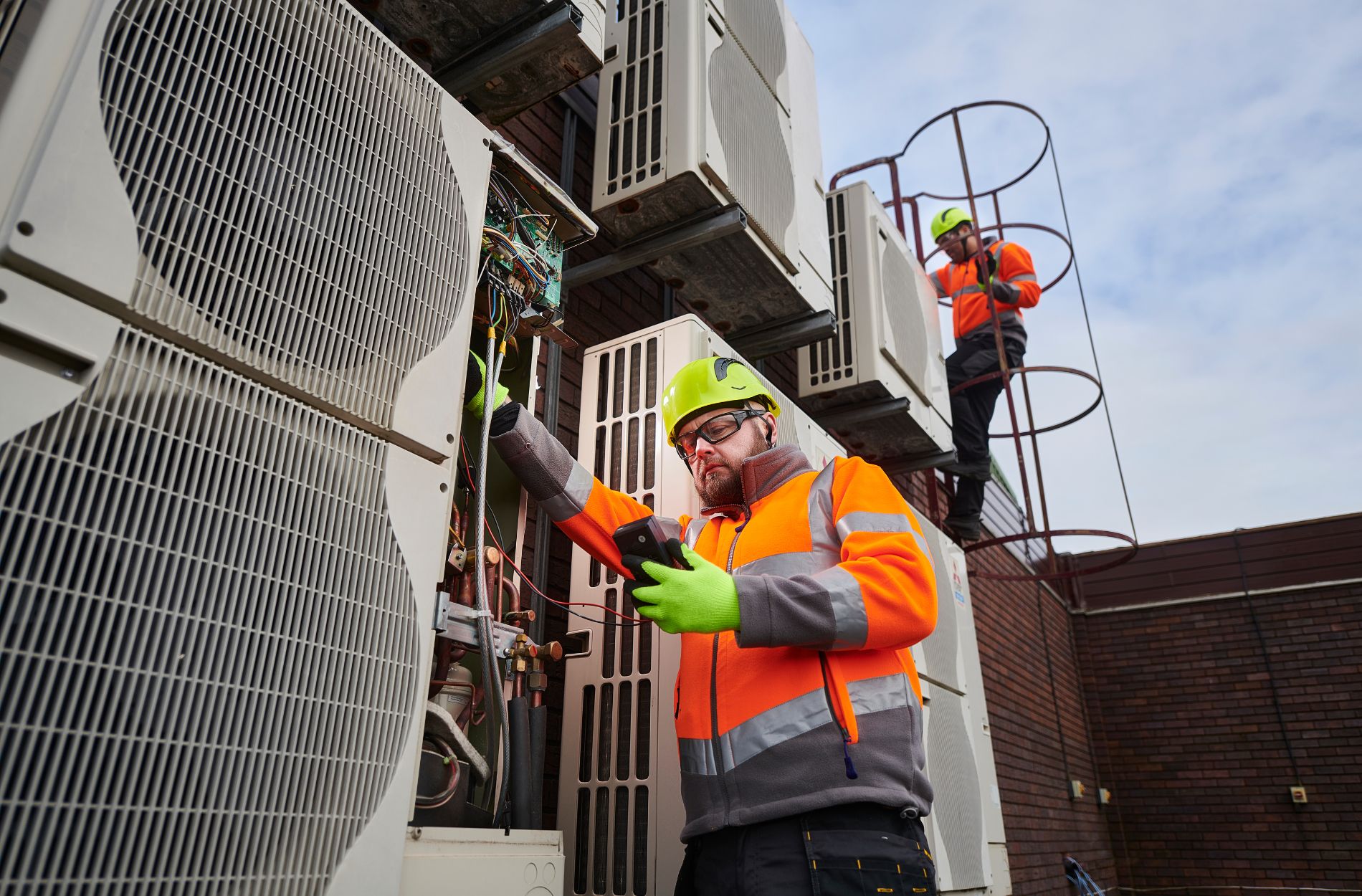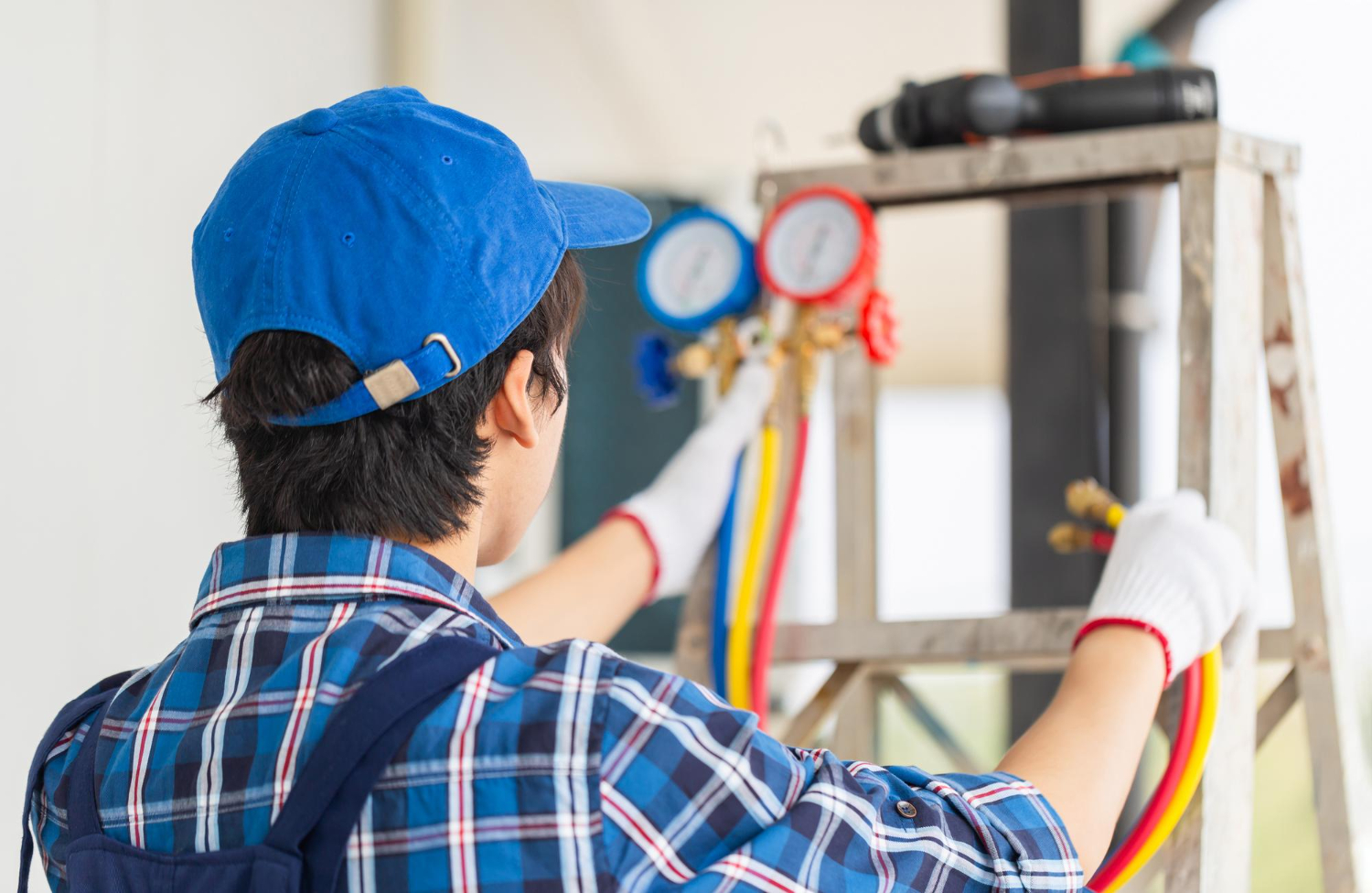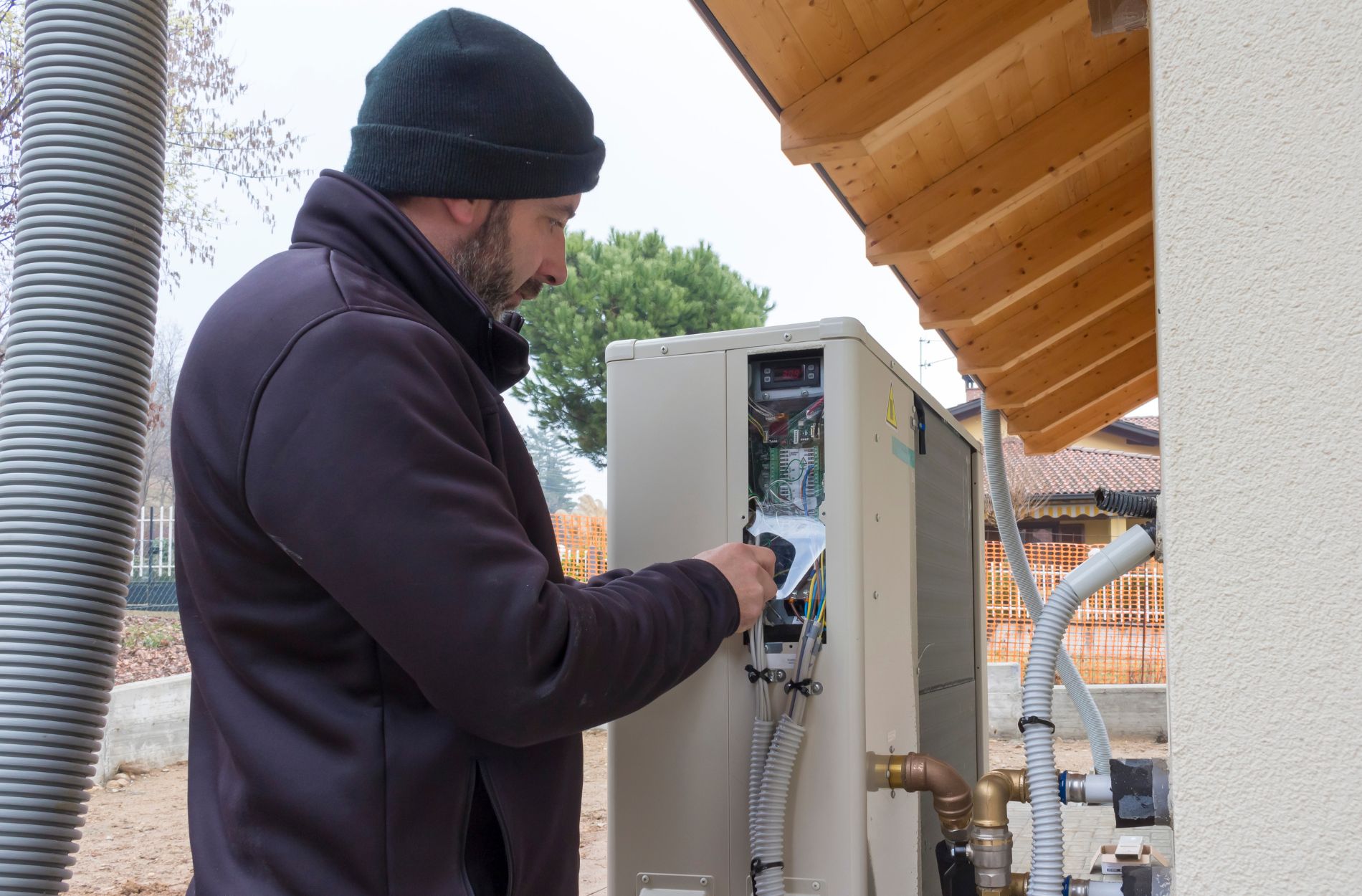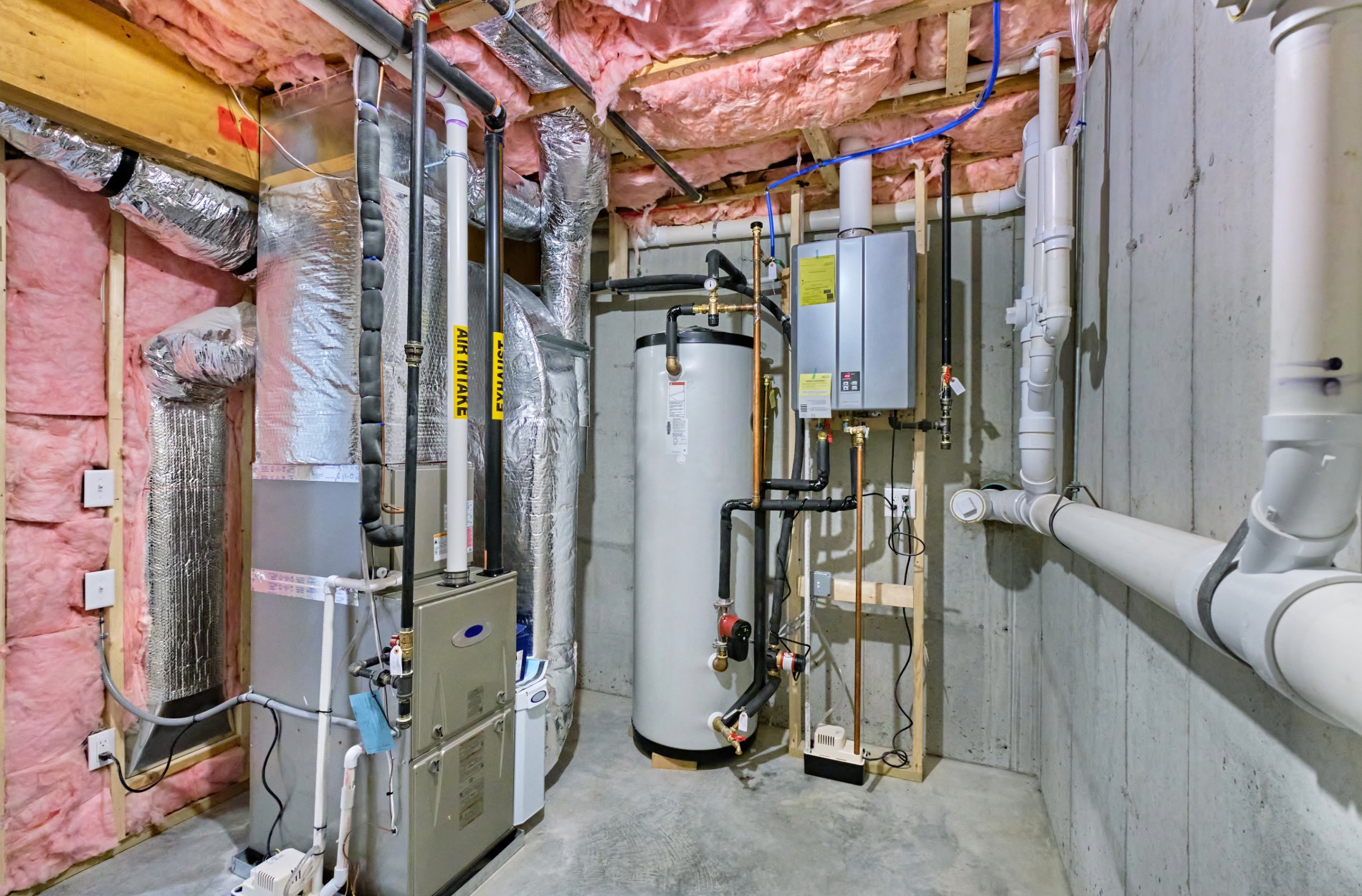Reliable and efficient heating is crucial for any commercial space. Proper furnace installation ensures that your commercial building remains comfortable for employees and customers alike. It not only impacts the comfort levels but also the energy efficiency and operational costs of your building.
Why Commercial Furnace Installation Matters
Commercial furnace installation is essential for keeping a business space comfortable and functional. A correctly installed furnace ensures that the indoor environment remains warm during colder months, promoting a healthy and productive workspace. Additionally, a well-functioning furnace helps protect the building and its contents from cold weather damage.
Proper installation also impacts energy efficiency and operational costs. When a furnace is installed correctly by our professionals, it operates more efficiently, using less energy and reducing utility bills. On the other hand, poor installation can lead to frequent furnace repairs and even premature furnace replacement, resulting in higher overall costs and downtime.
Safety is another critical aspect of commercial furnace installation. A properly installed furnace is less likely to pose risks such as gas leaks, carbon monoxide poisoning, or electrical fires. Our technicians follow industry standards and safety guidelines to ensure that the installation meets all local building codes and regulations, providing peace of mind for business owners.
Key Considerations for Commercial Furnace Installation
When planning a commercial furnace installation, several key factors need to be considered to ensure the system’s effectiveness and longevity.
System Size and Capacity
Choosing the right size and capacity for your commercial furnace is crucial. A furnace that’s too small won’t adequately heat the space, while a furnace that’s too large will cycle on and off frequently, leading to wear and tear. Our professionals perform detailed load calculations to determine the correct furnace size based on the building’s square footage, insulation, and occupancy.
Energy Efficiency
Energy efficiency is a vital consideration for commercial furnace installation. High-efficiency furnaces may have a higher upfront cost but save money in the long run by reducing energy consumption. Our technicians can help you select an energy-efficient model that meets your needs and complies with energy regulations.
Integration with Existing Systems
Your new furnace must integrate seamlessly with existing HVAC systems and control units. Whether you’re replacing an old furnace or installing a new system, compatibility with existing components like ductwork and thermostats is essential. Our professionals ensure that all connections are correctly made and that the new system works harmoniously with other heating and cooling systems.
Budget and Long-Term Costs
Budget is always a crucial factor in any commercial installation project. While it might be tempting to opt for a less expensive model, considering the long-term costs, including maintenance, repairs, and energy use, is essential. Investing in a quality furnace can reduce the likelihood of frequent heating repairs and heating contractor visits, providing better value over time.
By carefully considering these factors, you can ensure a successful commercial furnace installation that meets your business’s needs and provides reliable, efficient heating for years to come.
Steps Involved in Commercial Furnace Installation
Proper commercial furnace installation requires a systematic approach to ensure efficiency and safety. Here are the key steps involved in the process:
Pre-Installation Preparation
1. Site Assessment: Our professionals begin by evaluating the site where the furnace will be installed. This includes checking the space for adequate ventilation, ensuring compliance with safety standards, and planning the layout for optimal airflow.
2. System Design: The furnace system is carefully designed to meet the specific heating needs of the commercial space. This involves selecting the appropriate furnace type, size, and accessories based on the building’s unique requirements.
3. Permits and Paperwork: Before any installation work begins, necessary permits and approvals are obtained to comply with local regulations and building codes.
Installation Process
1. Positioning the Furnace: The furnace is placed in the designated location, ensuring that it is secure and stable. Proper positioning is crucial for efficient operation and maintenance access.
2. Connecting Ductwork and Vents: Our technicians connect the furnace to the existing ductwork and ventilation system. This step ensures that heated air is distributed evenly throughout the commercial space.
3. Electrical and Gas Connections: The furnace is connected to the building’s electrical system and, if applicable, the gas supply. Our professionals ensure that all connections are secure and meet safety standards.
4. System Integration: The new furnace is integrated with existing HVAC controls, such as thermostats and automated systems. This step ensures seamless operation and easy management of the heating system.
Post-Installation Checks
1. Initial Testing: The newly installed furnace undergoes a series of tests to verify that it operates correctly. This includes checking for proper ignition, airflow, and temperature control.
2. Inspection and Adjustments: Any necessary adjustments are made to optimize the system’s performance. Our technicians inspect the installation to ensure that all components are functioning as intended.
Maintaining and Repairing Your Commercial Furnace
Regular maintenance and timely repairs are vital for the longevity and efficiency of your commercial furnace. Here’s how you can ensure your system remains in top condition:
Routine Maintenance
1. Scheduled Inspections: Regular inspections by our professionals help identify and address potential issues before they become major problems. Routine checks can prevent unexpected breakdowns and costly repairs.
2. Filter Replacement: Changing the furnace filters regularly is essential for maintaining good air quality and system efficiency. Dirty filters restrict airflow and force the furnace to work harder, leading to increased energy consumption and wear.
3. Duct Cleaning: Clean ducts are crucial for efficient heating. Over time, dust and debris can build up in the ductwork, obstructing airflow and reducing the furnace’s performance. Routine duct cleaning by our technicians ensures optimal air circulation.
Prompt Repairs
1. Identifying Issues Early: Unusual noises, inconsistent heating, or higher energy bills can indicate a problem with the furnace. Addressing these signs promptly can prevent further damage and costly heating repairs.
2. Using Professional Services: It’s essential to rely on our experienced technicians for furnace repairs. Attempting DIY fixes can lead to improper repairs and safety hazards.
3. Regular Updates: Over time, some components of the furnace may wear out and need replacement. Timely updates and furnace replacement of worn parts ensure that your system continues to operate efficiently and safely.
Conclusion
Commercial furnace installation is a critical task that directly affects the comfort, efficiency, and safety of your business environment. By understanding the importance of proper installation, considering key factors during the process, and following the necessary steps, you can ensure a reliable heating system that meets your commercial needs.
Maintaining and repairing your furnace regularly is just as important as ensuring a correct installation. Routine maintenance, prompt repairs, and professional services from Home Energy Group Inc can keep your commercial furnace in excellent condition, helping you avoid unnecessary downtime and expenses.
For expert commercial furnace installation in Brush Prairie, WA, as well as maintenance and repair services, contact us today. Our skilled professionals are ready to provide you with top-quality heating solutions tailored to your specific requirements.


